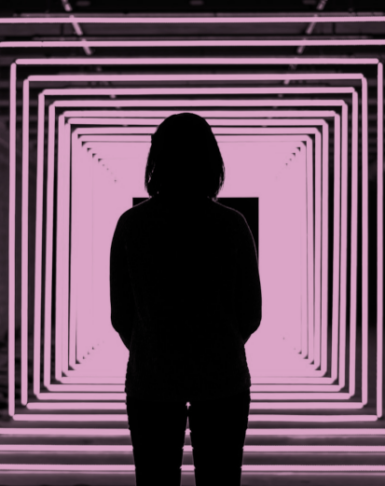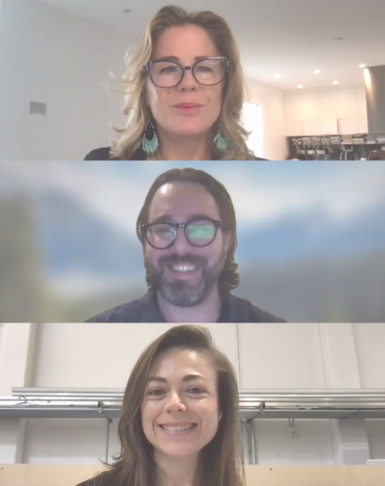In SMPL Q+A, we interview our practitioners on all things relevant to branding, design and simplicity. Here, we speak with our Brand-led Change team to discusses the trends in 2024, misconceptions about Brand-led Change and the importance of in-person connections.
How would you describe your job to someone who doesn’t work in branding?
I like to describe my job as helping clients align who they say they are with who they are on the inside. More specifically, the Brand-led Change team helps connect a company’s brand with its organizational culture. We support companies in becoming more authentic, closing the gap between how a consumer and an employee experience the power of brand.
What’s a memorable change you’ve made at a place you’ve worked?
When I worked at Disney, I created the company’s first full-time dedicated employee engagement position. In that role, I helped roll out various employee-focused initiatives, such as integrating mindfulness and emotional intelligence into the culture, standing up internal communications processes, developing an innovative, co-created mentorship program and giving employees a voice through company-wide listening and input programs.
What’s a misconception about your job?
The biggest misconception is that our team only offers internal, traditional “brand” offerings such as internal trainings and brand compliance. Organizational culture, internal processes and the overall employee experience connect deeply to your brand, even if it’s not evident on the surface. While we view our work through the lens of brand, we take a holistic approach, looking across major touchpoints your employees have with your company and finding ways to wire brand into each of them. Our team is made up of experts with backgrounds in organizational psychology, change management, and leadership development for a reason: because we believe culture and brand are two sides of the same coin.
What’s one of the most fulfilling parts of your job?
Connecting with Siegel+Gale’s client’s employees in one-on-one or focus group settings. I love hearing directly from employees: what motivates them, their frustrations and aspirations. It brings the work to life and makes it tangible. In 2023, I held my first in-person focus group post-COVID with a client, and the experience reminded me why I do what I do.
What trend are you most optimistic about?
Well-being– but I hope it’s not a trend. Well-being used to be programmatic, about fixing the worker. Forward-thinking companies realize that well-being needs a holistic approach; it must be about fixing the workplace instead.
I’m also optimistic about the emergence of “employee experience” as a practice inside organizations. The word has been tossed around a lot over the last few years, but there are now organizations, like Excellent, codifying and teaching employee experience design to HR practitioners.
What trend are you least optimistic about?
The reduction in DEI roles at many companies over the last year has been hard to watch. Ideally, DEI would be embedded into every corner of every business, and we wouldn’t need as many dedicated DEI roles to move the work forward. But most organizations are far from this place. We need focused, resourced, and, most importantly, empowered DEI practitioners to keep these efforts impactful and top of mind within businesses.



